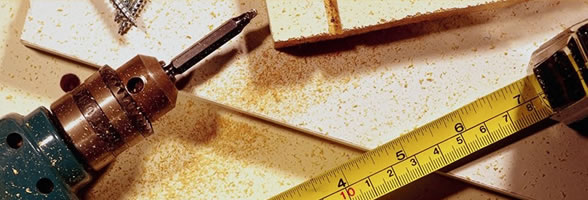
The Senses
The brain interprets sensory messages form different sense receptors.
Sense |
Organ |
Type of Stimulus |
|
|
|
|
|
|
|
|
|
|
|
|
|
|
|
SIMPLE MAP OF THE TONGUE:
- Taste receptors are concentrated in small organs in taste buds.
- Chemicals in food are detected by the taste receptors
- A message is sent to the part of the brain concerned with taste.
LOCATION OF RECEPTORS FOR SMELL IN THE NOSE:
- Mucous traps and dissolves odour chemicals
- Receptor cells are stimulatrd and a message is sent to the area of the brain concerned with smell.
- Note that our sense stop responding to an unchanging stimulus and we become tolerant, e.g. noise,pain.
THE EYE
EXTERNAL EYE STRUCTURE:
INTERNAL EYE STRUCTURE:
Part |
Function |
|
Sclera (scleratic coat) |
|
|
Choroid Layer |
|
|
Retina |
|
|
Cornea |
|
|
Iris |
|
|
Pupil |
|
|
Ciliary Muscles and Suspensory Ligaments |
|
|
Aqueous and Vitreous Humour |
|
|
Fovea(yellow spot) |
|
EYE DEFECTS:
LONG- SIGHTEDNESS:
SHORTSIGHTEDNESS:
THE EAR
Part |
Function |
|
Pinna |
|
|
Exteral Auditory Canal |
|
|
Ear Drum |
|
|
Ear Ossicles(Hammer,Anvil,Stirrup) |
|
|
Eustachian Tube |
|
|
Oval Window |
|
|
Cochlea |
|
|
Semi-Circular canals |
|
|
Utricle and Saccule |
|
|
Auditory Nerve |
|
